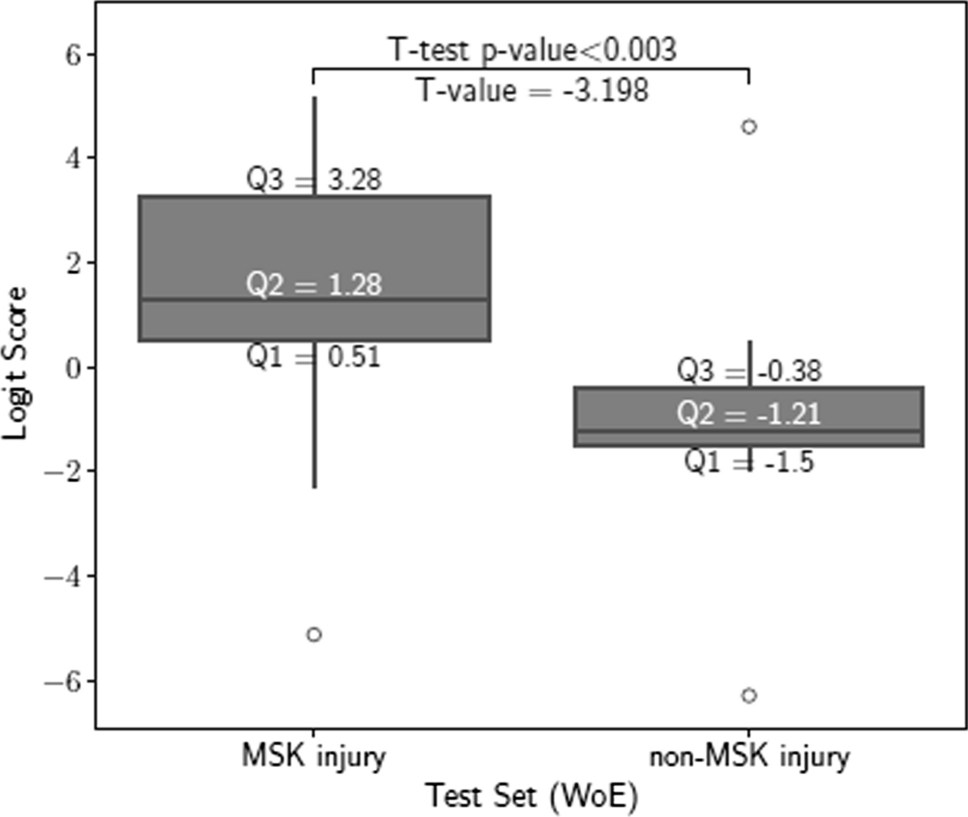2025-04-15 カリフォルニア大学サンディエゴ校
<関連情報>
- https://today.ucsd.edu/story/researchers-develop-an-lsd-analogue-with-potential-for-treating-schizophrenia
- https://www.pnas.org/doi/full/10.1073/pnas.2416106122
幻覚誘発性を低減した治療用LSDアナログの分子設計 Molecular design of a therapeutic LSD analogue with reduced hallucinogenic potential
Jeremy R. Tuck, Lee E. Dunlap, Yara A. Khatib, +26 , and David E. Olson
Proceedings of the National Academy of Sciences Published:April 14, 2025
DOI:https://doi.org/10.1073/pnas.2416106122

Significance
Psychedelic compounds, such as lysergic acid diethylamide (LSD), can promote the growth of atrophied cortical neurons, which is relevant to the treatment of numerous brain conditions. However, their hallucinogenic properties have limited their adoption as medicines and preclude their use in certain patient populations, such as those with schizophrenia or a family history of psychosis. By transposing only two atoms, we have created JRT, an exceptionally potent analogue of LSD with lower hallucinogenic potential, improved pharmacological selectivity, and the ability to produce a wide range of therapeutic effects. Our work highlights the potential of rationally designed, nonhallucinogenic analogues of psychedelics for treating diseases where the use of psychedelics is contraindicated.
Abstract
Decreased dendritic spine density in the cortex is a key pathological feature of neuropsychiatric diseases including depression, addiction, and schizophrenia (SCZ). Psychedelics possess a remarkable ability to promote cortical neuron growth and increase spine density; however, these compounds are contraindicated for patients with SCZ or a family history of psychosis. Here, we report the molecular design and de novo total synthesis of (+)-JRT, a structural analogue of lysergic acid diethylamide (LSD) with lower hallucinogenic potential and potent neuroplasticity-promoting properties. In addition to promoting spinogenesis in the cortex, (+)-JRT produces therapeutic effects in behavioral assays relevant to depression and cognition without exacerbating behavioral and gene expression signatures relevant to psychosis. This work underscores the potential of nonhallucinogenic psychoplastogens for treating diseases where the use of psychedelics presents significant safety concerns.


